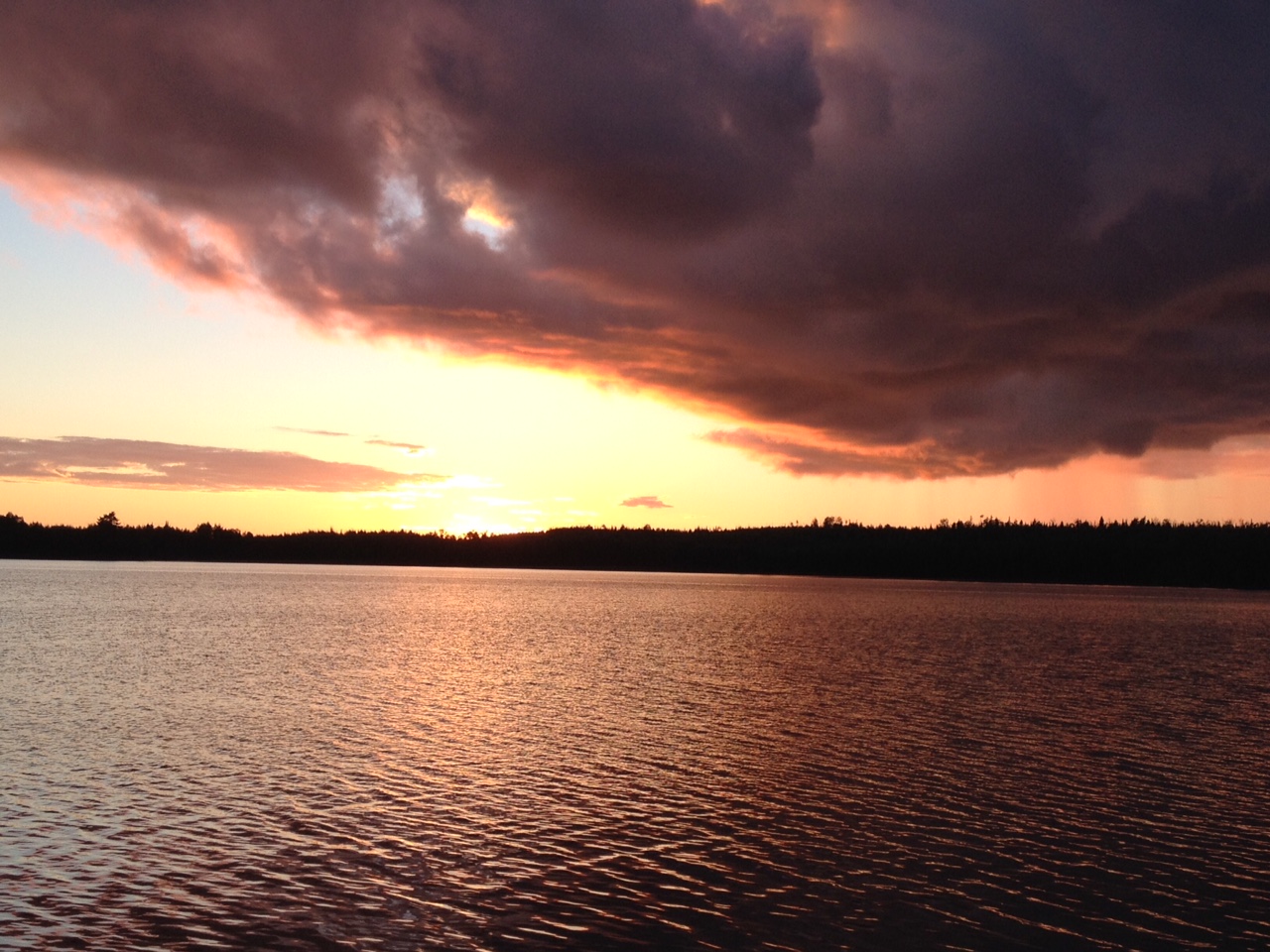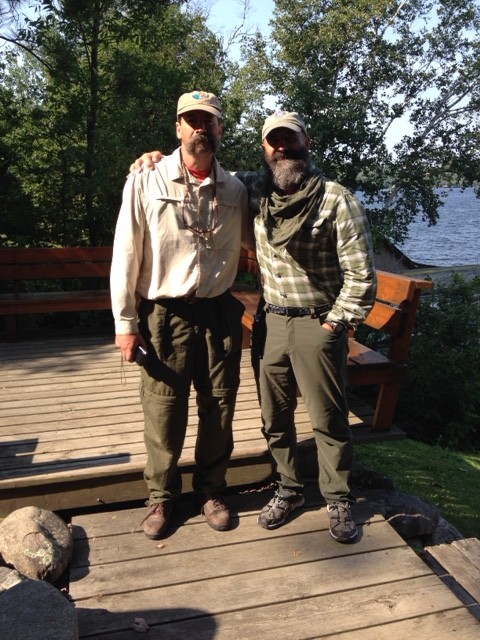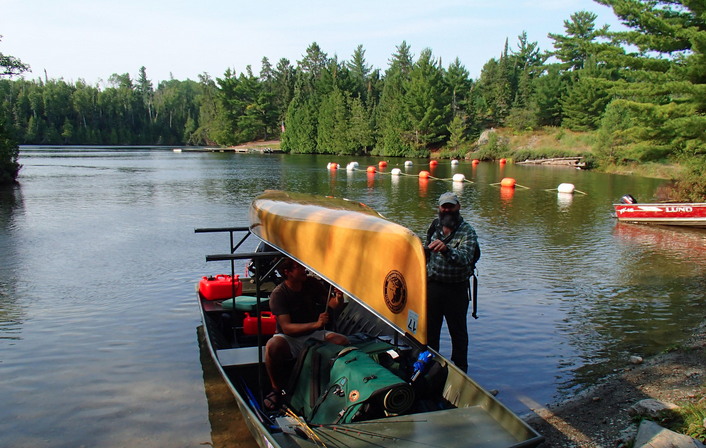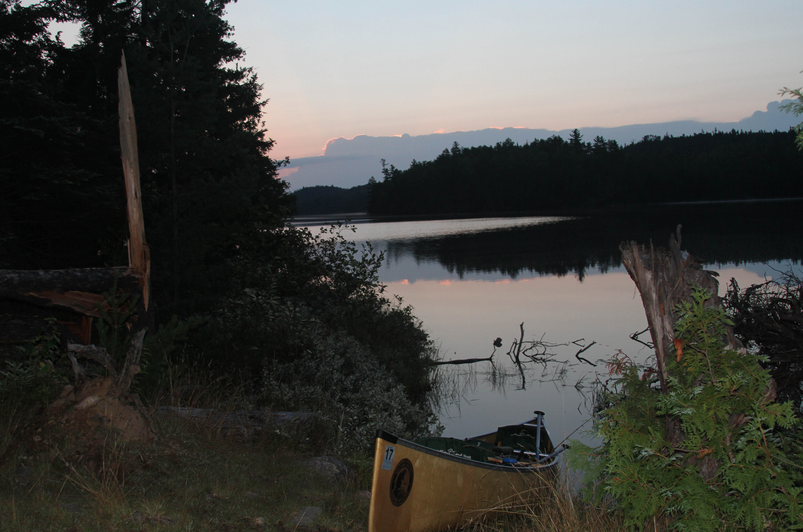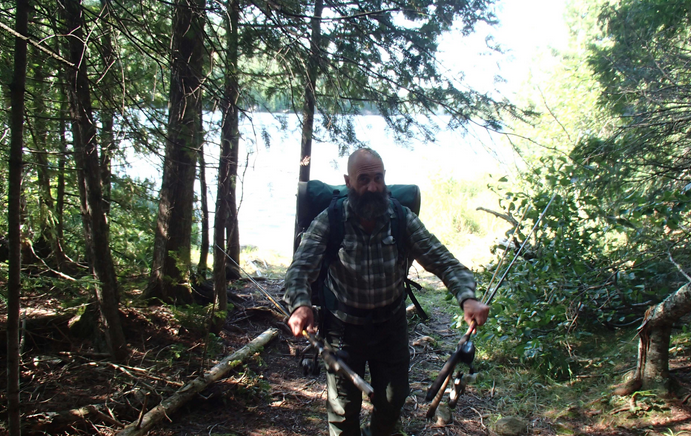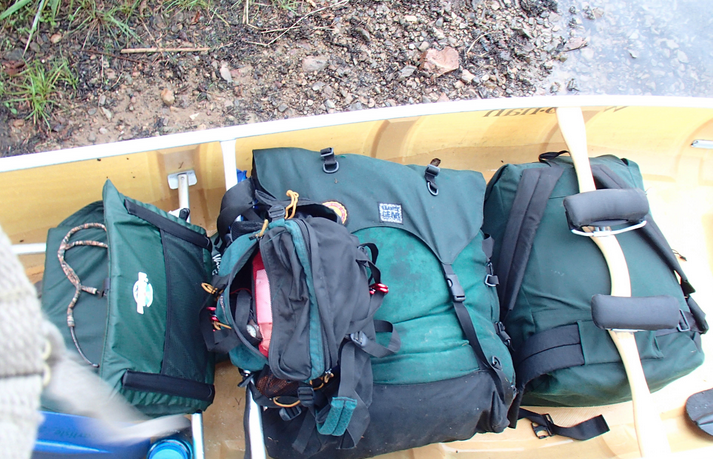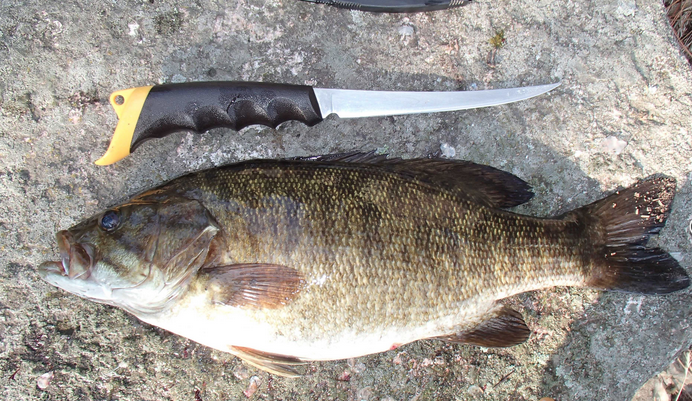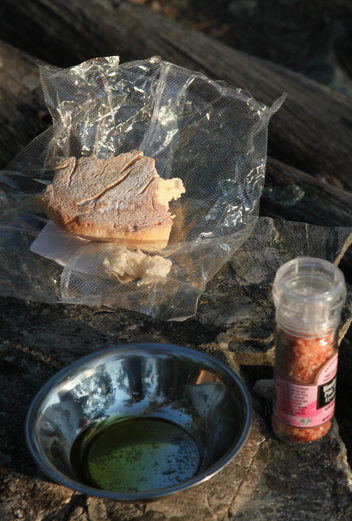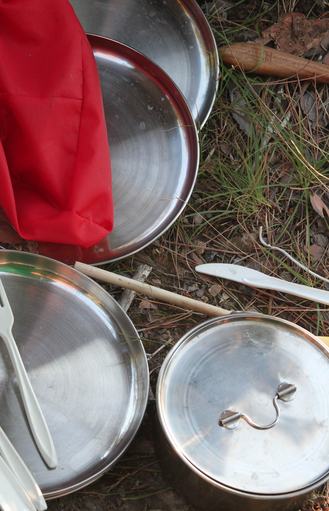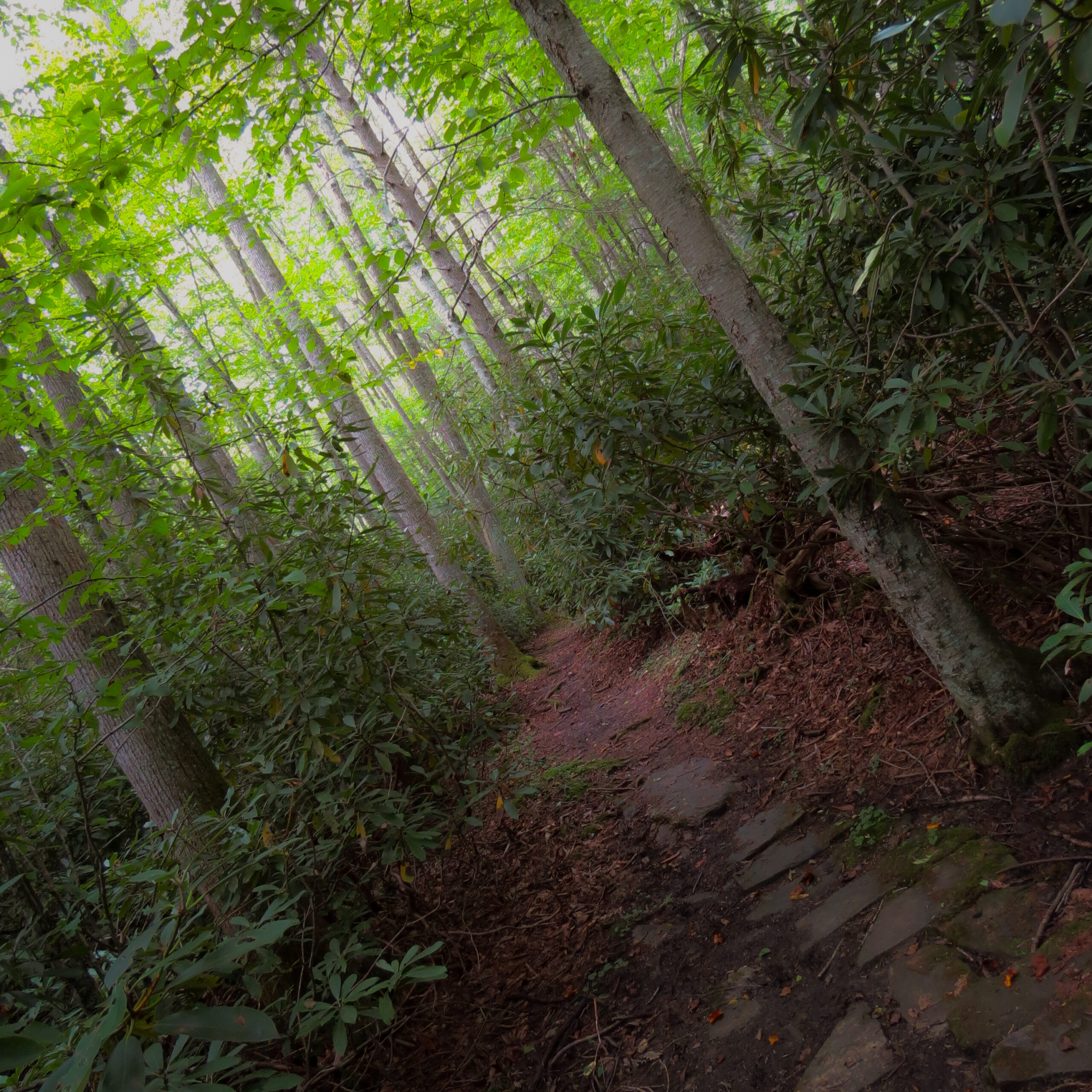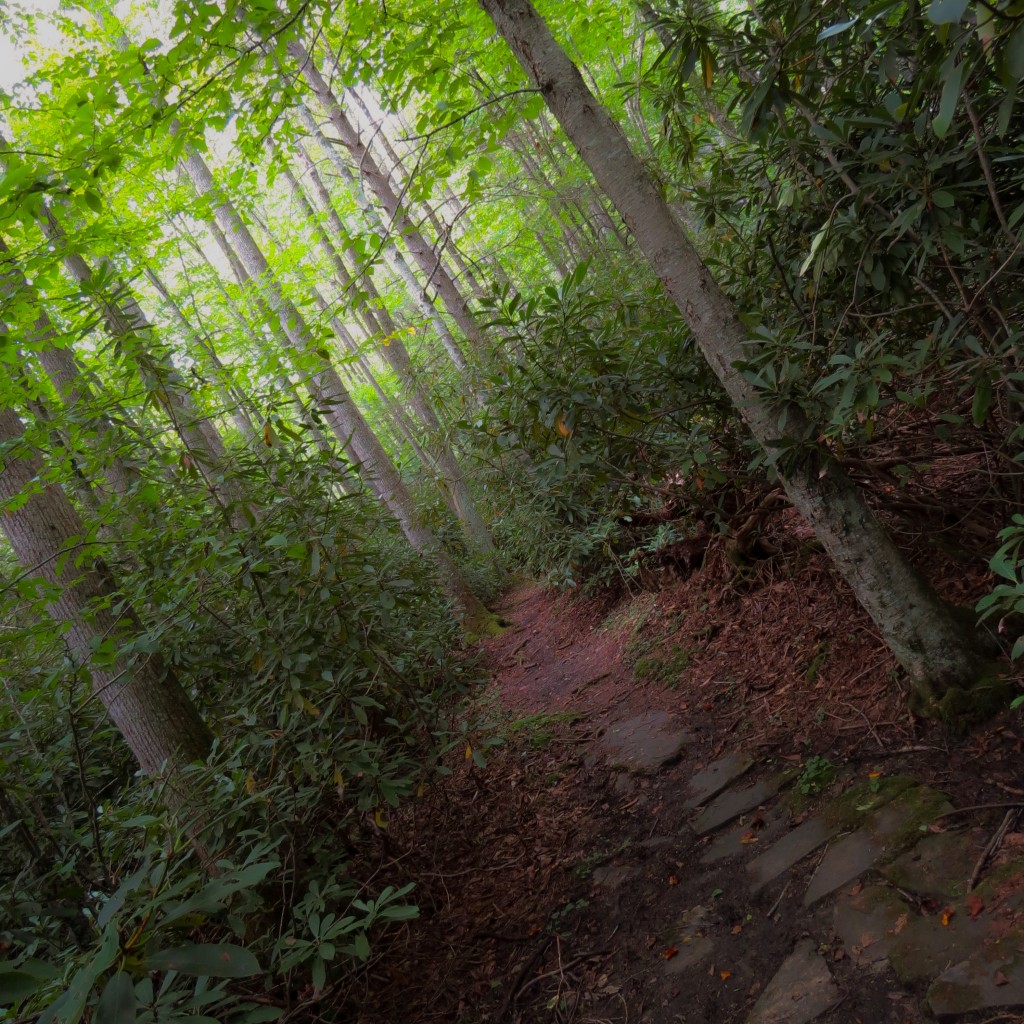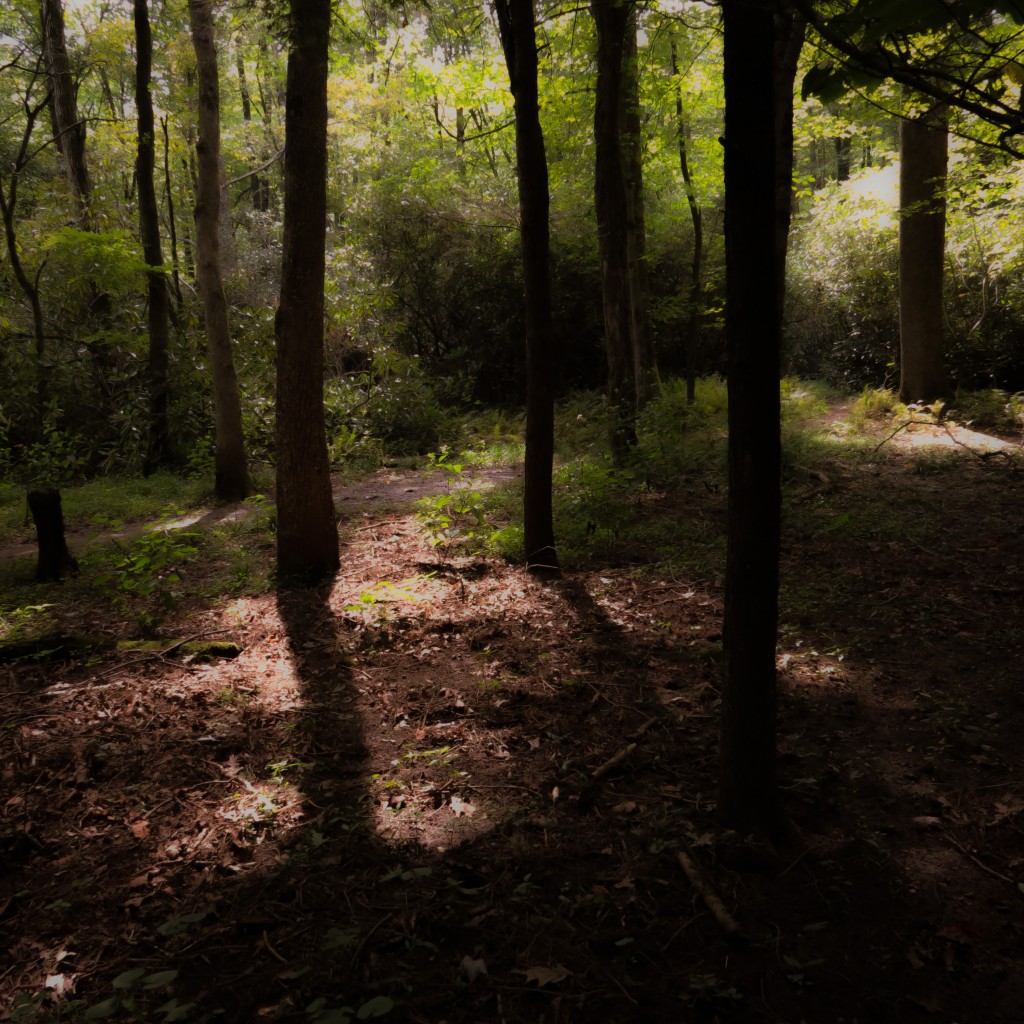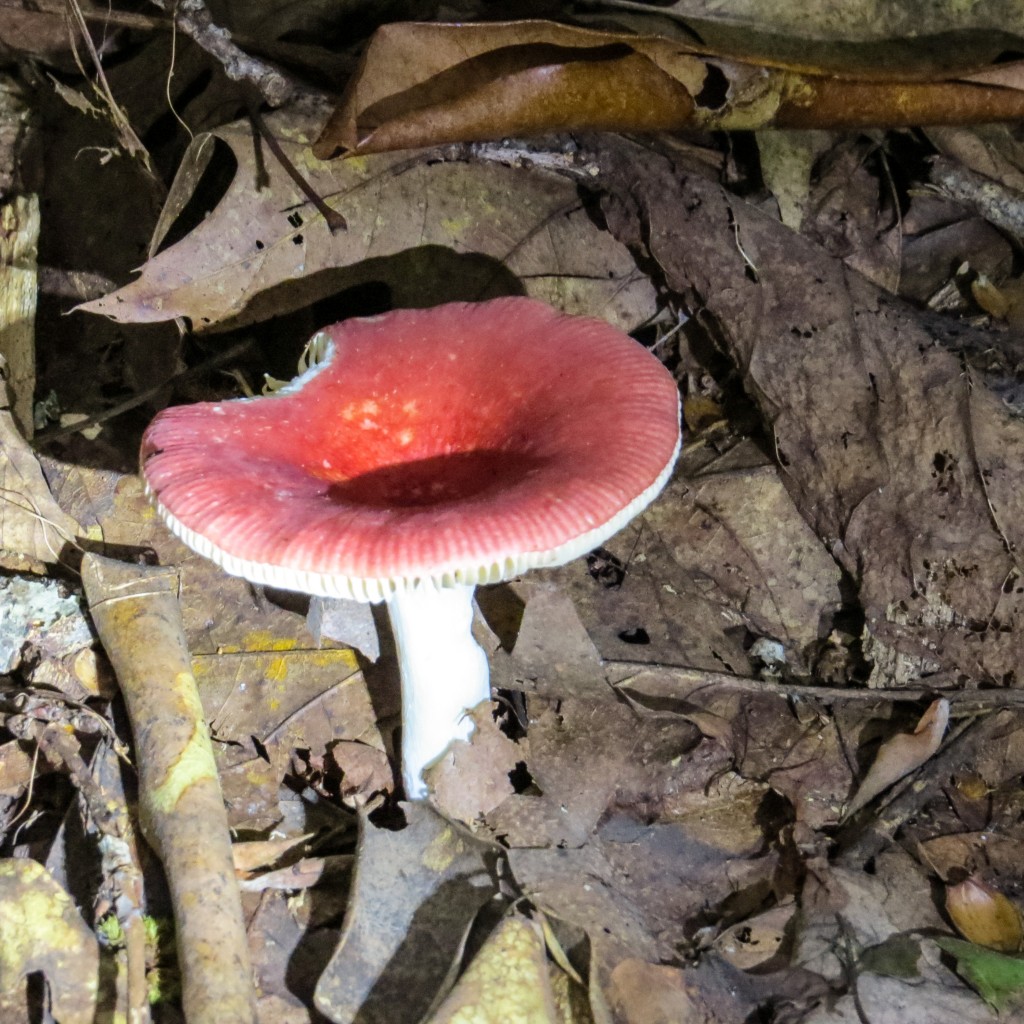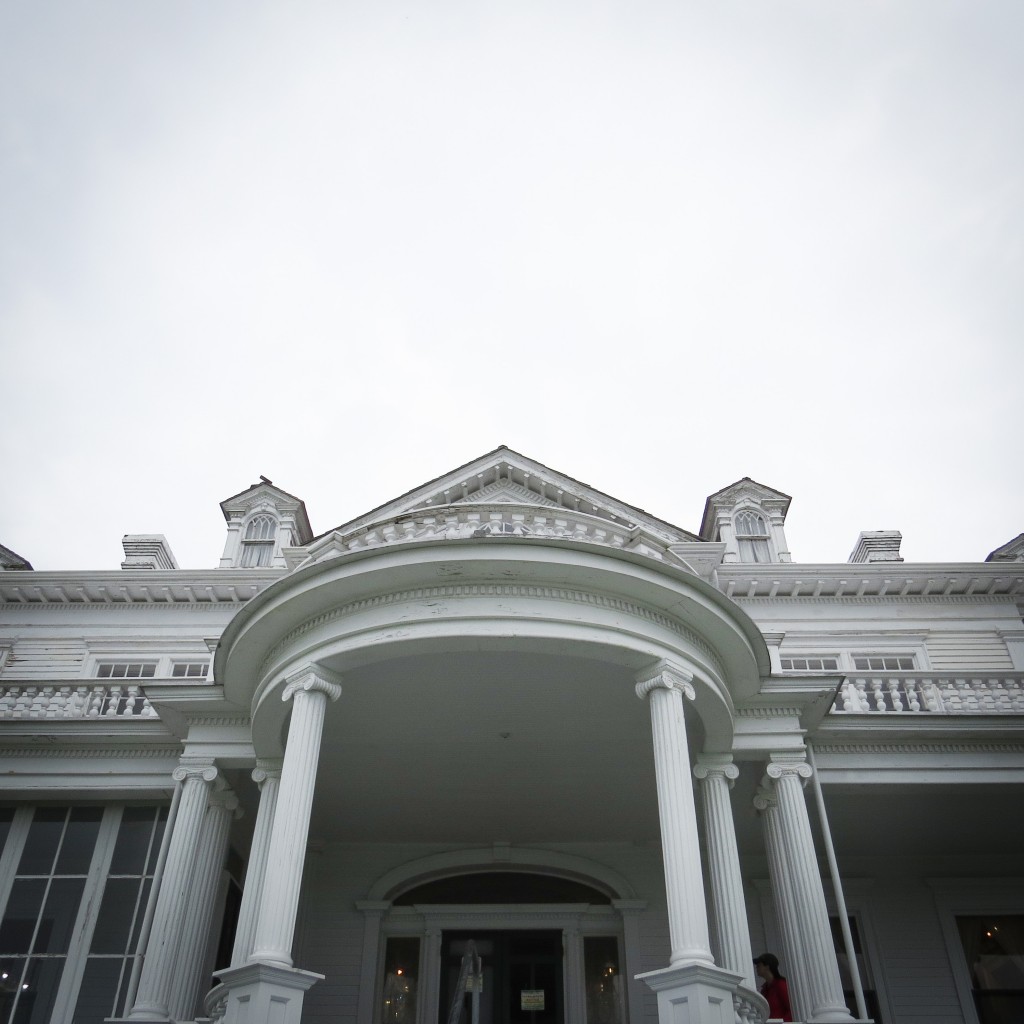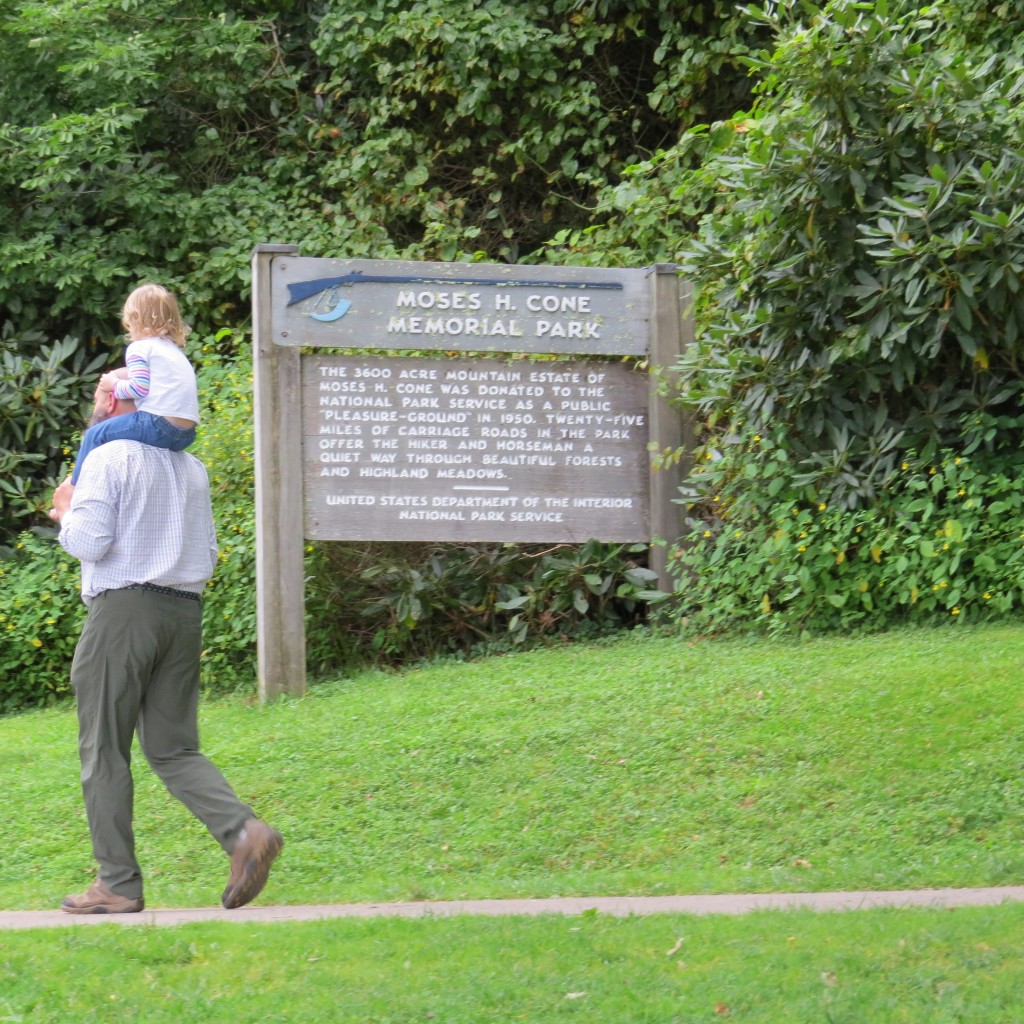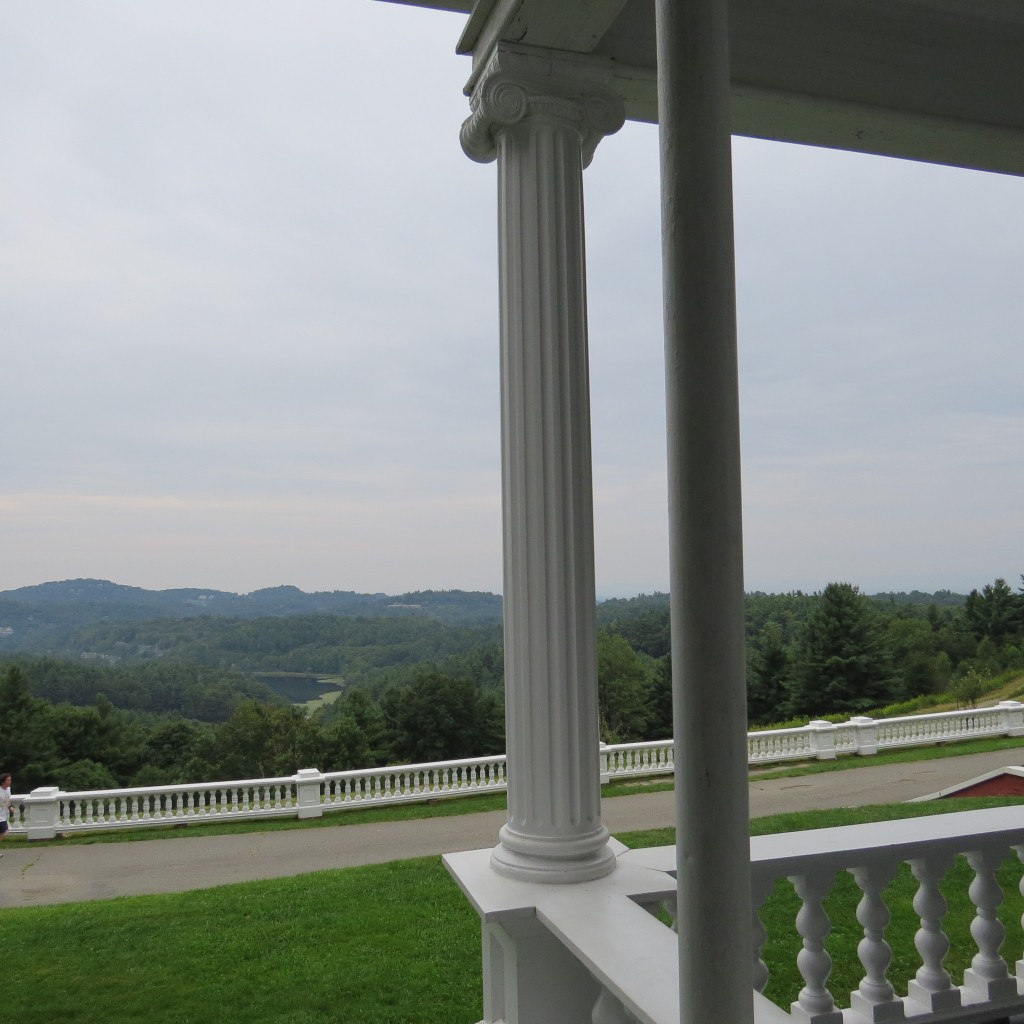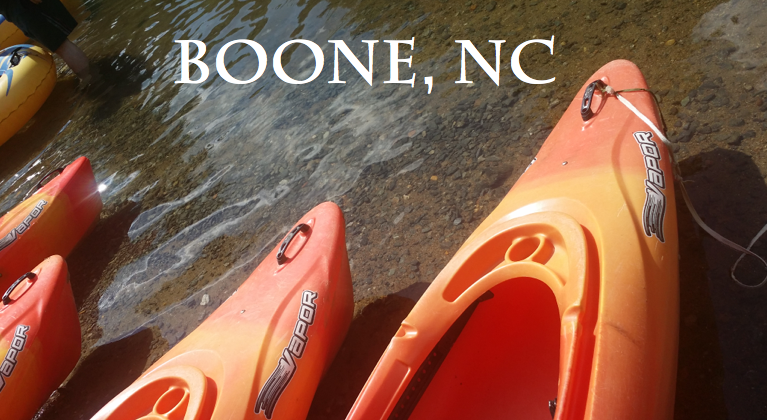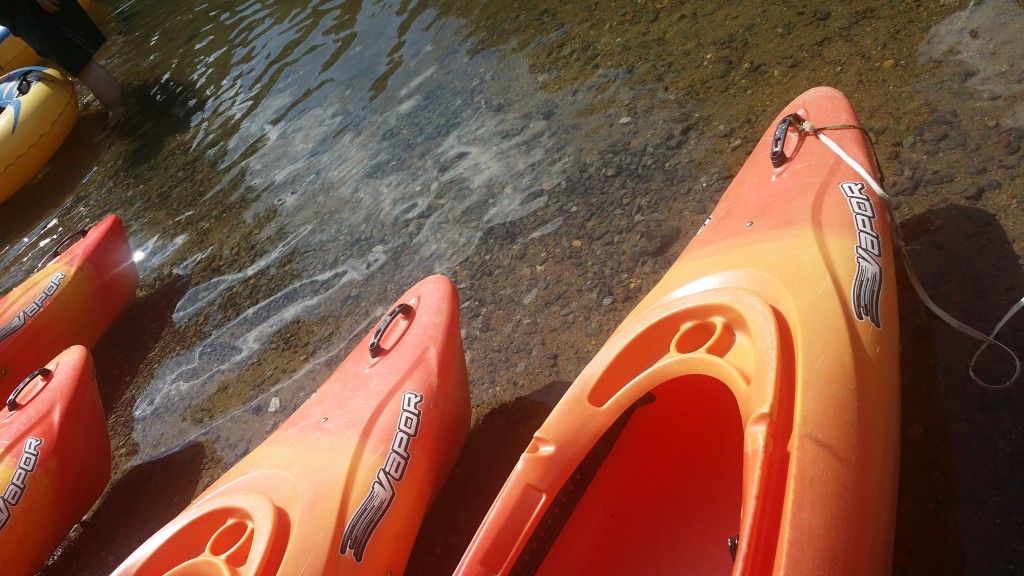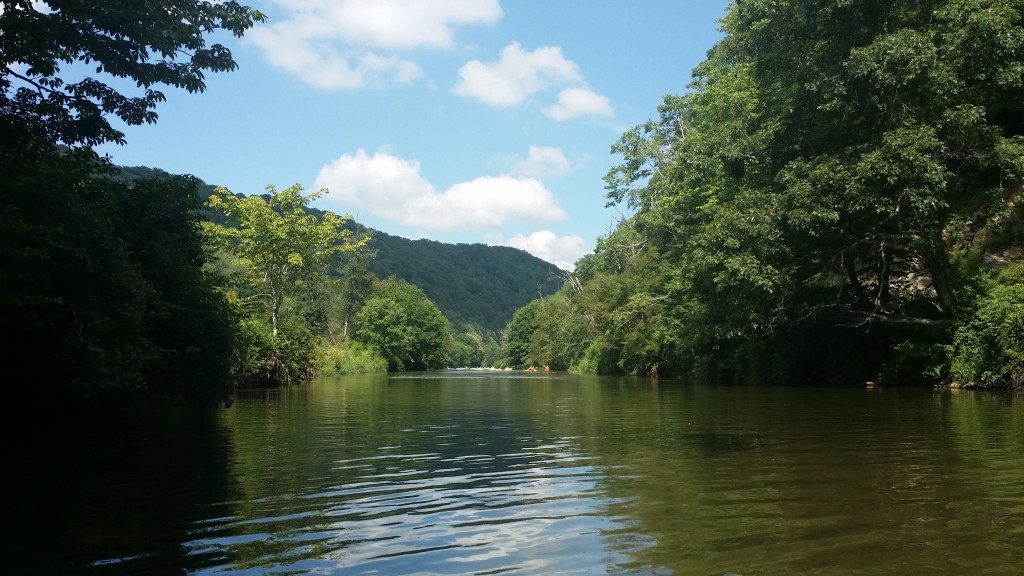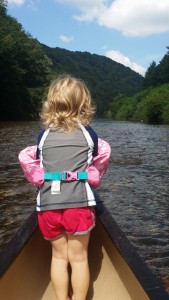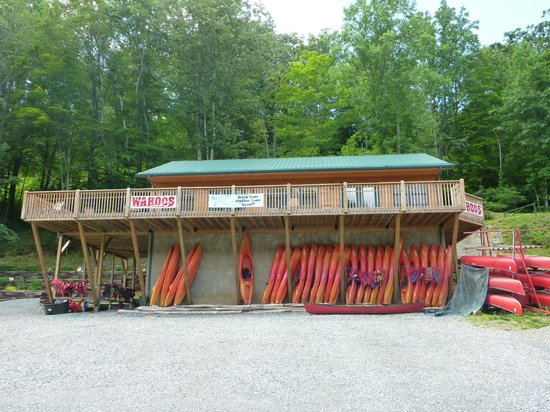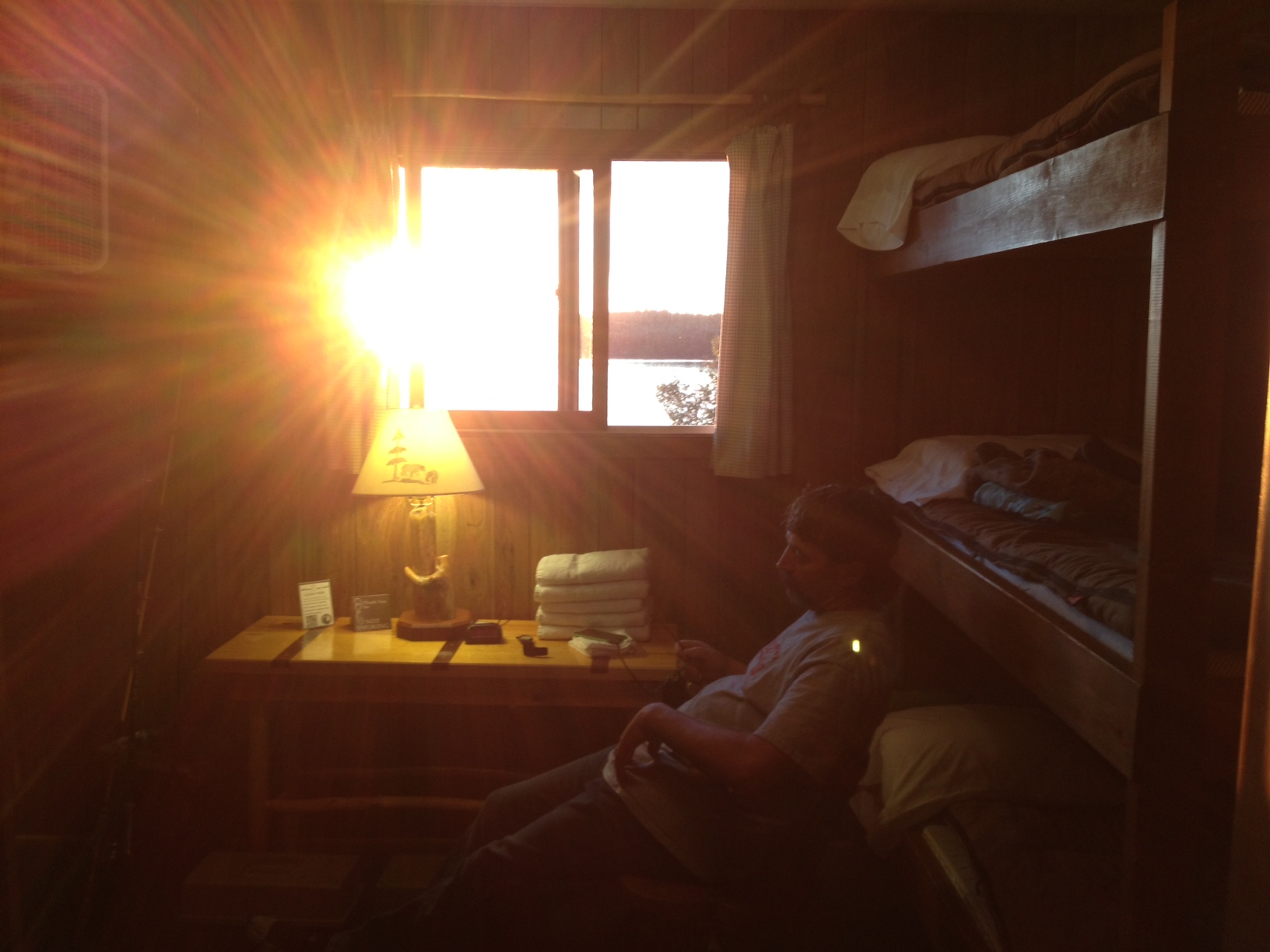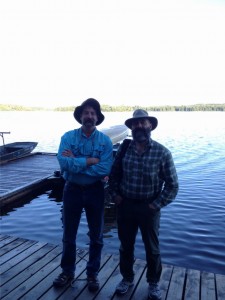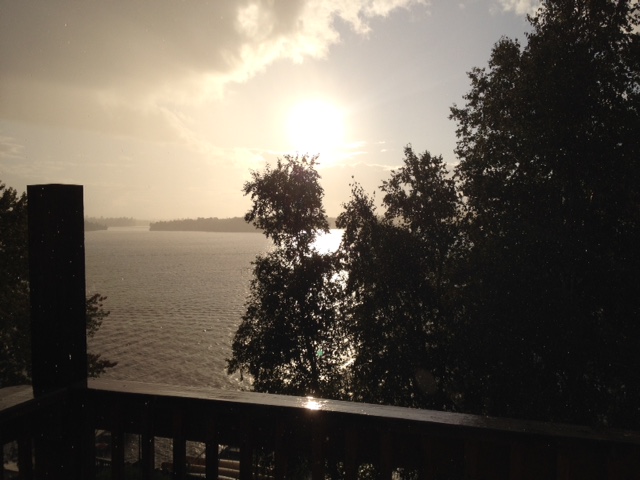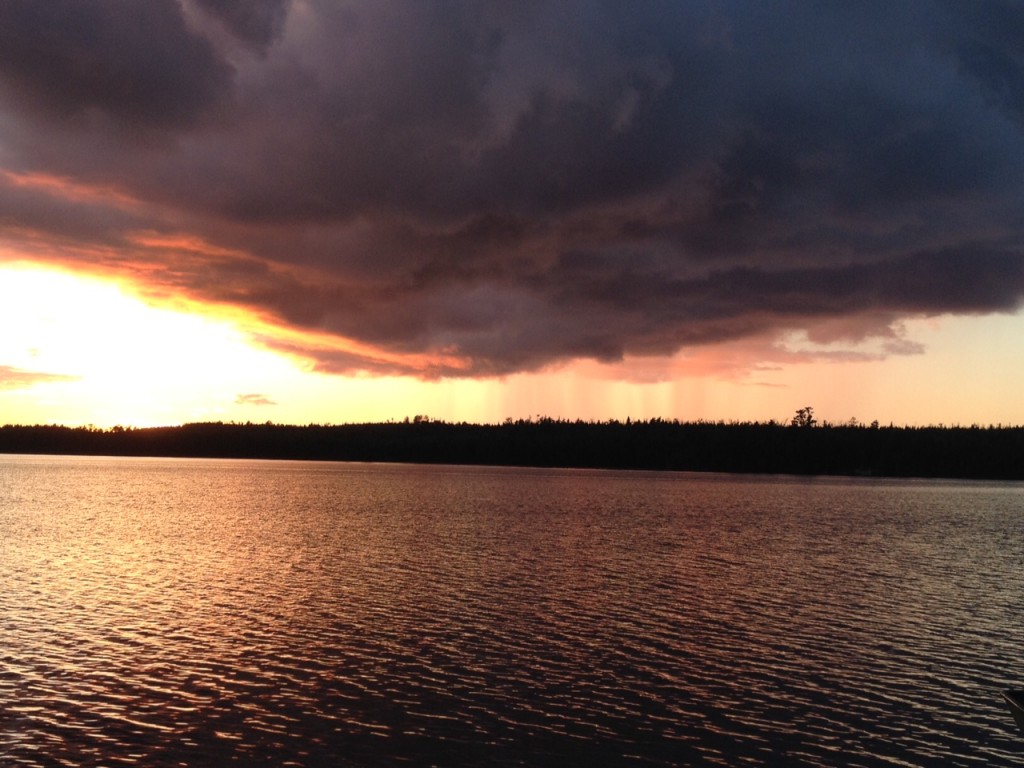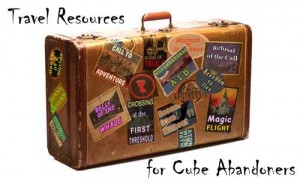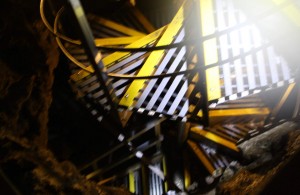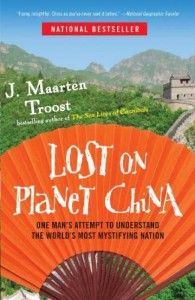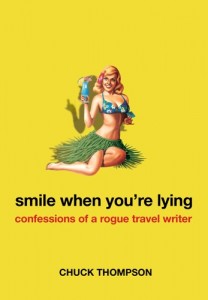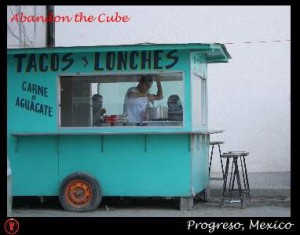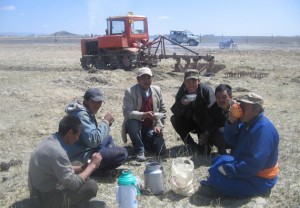Canoeing The Boundary Waters: A Guide
This post was written by Bear J., who recently spent a week in the Boundary Waters with his brother. Read more about their trip, or read on to see how the canoe trip was planned.
The Boundary Waters of Minnesota are unlike any other wilderness. For one, a canoe carries your packs for most of the trip. And when its time to carry your pack, you may have a canoe on your shoulders as well! But it’s the pristine nature, the loon calls, and the fishing that brings people back year after year. This would be our 10th trip into the wilds of the Boundary Waters.
There are a million acres of lakes on the U.S. side, and twice as much on the Canadian side in the Quetico Provincial Park. The lakes have many similarities, such as many campsites, fish, mosquitoes, ruggedness and solitude.
Here are photos of the Johnson Brothers’ Canoe Trip
Planning Your Trip to the Boundary Waters
There are many outfitters in the Ely area of Minnesota that have planning guides online, and who will start up an email and phone dialogue about what to bring, when to go, and what you will need. I would recommend using one of them to plan, and outfit your trip. Especially if it’s your first time up north.
Plan and practice everything. Test everything. Know how to use that water filter, start the stove, turn on your head lamp. Load your pack and try carrying it. Load a food bag and carry it. Try out all your fishing gear. Find the deepest darkest swamp, and test your bug dope. Serious bug dope. Seriously.
Route Planning
There is a saying up in the Boundary Waters. With every portage you see half as many people and twice as many fish. This is very true. This trip we went nine portages in and saw no one, and the fishing was phenomenal. You could see 12 lb bass and 18 lb Northern swimming around the canoe saying ‘pick me.’ We ate our fill of fish every night. We planned for 10 miles a day, and 5-7 portages the first two days. We made that easily. If you have never canoed, or portaged plan for less, and make contingency plans. For your first couple of trips, plan an up and back route, so if you fall behind, you can stop. Later, you can make a circular type route through Canada and the BWCA. I recommend going in two days, and setting up a base camp, then exploring from there minus most of your gear.
Maps
There isn’t much choice in maps. Fisher Maps has detailed topographcial maps of the U.S. side, but I have not found good ones for Canada. Fisher does carry the Canadian side without topo for $6.90 each. Bring two sets just in case a mosquito carries yours off.
Staging Your Trip
You will need to park your car, and get a canoe in Ely, unless you live close enough and have your own. There are many good outfitters in Ely. They are all about equal. I tend to pick one with a base camp on Moose Lake, where I like to launch. Moose Lake offers easy access to Canada. You can pull up and be met, outfitted, packed and ready to go in two hours. Since Ely is about 5 hours from the Minneapolis/St. Paul Airport, I like to arrive in the afternoon, take in Ely, head out to the outfitter, pack, have a nice steak dinner, and relax in the bunk room. First tow heads out after breakfast the following morning at 7:30 (the Canadian Ranger Station does not open until 8:00). Regardless, arrive early enough to load and pack everything, test everything you get from them, and try out your fishing gear.
Here are photos of the Johnson Brothers’ Canoe Trip
Canoeing into Canada
If you want to go into Canada, you have to plan it three months in advance.
You will need a Remote Area Border Crossing Permit (RABC) and a fishing license for Canada. You can find the form here, and you will have to mail it in to the address in Canada listed on the form. Permits are numbered and a limited number of people are allowed in to any one area. This is a good thing. I have gone four days before without seeing anyone.
You have to enter Canada through one of the Ranger Stations. We chose Prairie Portage. This allowed us easy access through Carp Lake to the Man Chain of Lakes, five lakes with “Man” in them, such as Other Man, No Man, This Man, That Man, and He Man. Bring your credit card and I.D to the station to pay the rest of your fees and register your route. Prices are $110 per person for the Quetico permit, half up front, the rest at the Ranger Station, plus $40 for a fishing license. The fishing license you can obtain here. Order one well in advance.
Bring special bug dope for Canada.
Picking a Canoe
Unless you have your own lightweight canoe, you will be renting one from one of the outfitters. The plastic composite canoe that is fine for your neighborhood park will not make it up here. The last thing you want is a damaged canoe 25 miles into your trip. It is a long walk back to civilization, through many mosquito nests. My first trips to the BWCA were with fiberglass, later aluminum canoes. This trip we tried the new Kevlar canoes. They are amazingly light.
Pick a canoe to your ability and planned activities. For example, if you plan to do 10 miles and 5-7 portages a day, take Kevlar. If you have not canoed much, or if you plan on taking your time or fishing en route, take aluminum. Kevlar trades off some stability for lightness, while Aluminum is more forgiving in big wind, rocking, or with younger folks. Kevlar is $42 per day, aluminum $25, roughly.
Who can go to the great Northwest? Everyone. There is a trip to meet your ability, experience, and party composition. I’ve had 5-year olds on trips, and even teenagers. It will be an incredible adventure for them if you let them experience everything, and have the right gear to make it fun.
Portaging: The Muscled Side of Canoeing
If you have canoes, but have never portaged, it’s an art form you’ll need to master. It is not as easy as picking up your canoe and walking up to your car. Portages come in all sizes and shapes. Some are a mile long. Some are straight uphill, then straight downhill. This trip we found several with trees down across them paths, meaning pulling and pushing your gear, and canoe, through some pretty thick stuff. If it’s been raining anytime that summer, some portages are ankle-to-shin-deep in muck, with crawly bitty things and mosquitoes and biting flies waiting until your hands are full and you are stuck in mud to strike. They sense weakness, waiting to attack, in swarms, on que.They look for weak prey, struggling under weighty gear.
Many portages are easy to find, but if there has been a windstorm, some portages may be impassible. Canoeists before you will have made another trail, and it will not be pretty. The place you make landfall may have a nice place to pull up your canoe to unload, or you may be balancing on a log, or standing in knee-deep water to unload and pull your canoe up on your head. Use much bug dope prior to hitting the portage, especially right after rain.
Equipment
There are many lists of what items to bring on a canoe trip in the BWCA. I suggest laying everything out, taking a third away, then packing and carrying it around your neighborhood. Here are a few tips based on many excursions over many portages.
Here are photos of the Johnson Brothers’ Canoe Trip
Bring less of everything than you think you need.
- Headlamps. Night illumination is a must, and hands free is best. Worth any weight.
- Bring bug dope. Enough to share. Have I mentioned there are mosquitoes?
- Water shoes with enclosed toes that will stay on in ankle deep mud with 80lb on your back and your hands full killing 8” long mosquitoes. JK. Maybe.
- Quick dry clothes are great, you will get wet, and if you don’t. you ain’t trying hard enough.
- Wide brim hat that covers your neck. Paddle all day and you will burn.
- Rain suits are a necessity. Otherwise you may miss out on a few days of your trip while sitting in a tent swatting mosquitoes. Make them breathable, cause it can be hot in June and July, and warm in August.
- It’s cool at night, so bring a sweater, and camp shoes cause your water shoes will have to dry.
- A good tent with a rain fly is critical, else the Minnesota State Bird will carry you away (the mosquito).
- Bring a tent one person larger than your party, so you have room for gear, and moving around during the frequent rain squalls, and if you find yourself spending an entire day inside during a storm, you will appreciate the elbow room.
- A game (cribbage) or two. A notebook to jot down ideas for your next trip.
- A good waterproof camera that fits in a shirt pocket. You will want to snap pictures of your partner struggling under the canoe in shin-deep mud.
- Leave the cell phone – there is no coverage of any kind other than satellite and its against the rules to bring any electronics into the BWCA, and Canada. If another camper finds you with a cell phone, or iPhone, they are legally allowed to throw it in the lake. Its the only littering allowed. Carry everything else out. Well, there is one other thing you can leave in a hole there. Ween yourself off your cell early so you don’t suffer too much on the first day.
- Bring a compact fish net, some of the Northern will tear your fingers off trying to de-hook them or bring them in the boat. Bring pliers to extract hooks from the fish, and a leader!
- A water purifier that fits right on you water bottle (bring two bottles). There are a bunch of good ones, I have two that I like, the Katadyn Pocket Water Microfilter, and the MSR.
- Make sure you have water bottles that fit your filter, or you end up balancing on a rock, or over the edge of the canoe trying to pump and hold your bottle. If you lose your filter, go to the center of the lake with your big cook pot and dip out water. Giardia lurks around shore, and moving water, not in the center. You can fill your water bottles out there also, or while crossing a lake.
- Bring some drink mixes-it’s nice to have something different once in a while.
- Quick dry towel for after your swim (Saturdays in the BWCA are swimsuit optional days). JK
- Small foldable camp stools – one thing I would never canoe without. Get the kind that can fold small enough to fit inside your pack – you would not believe how many things there are to grab ahold of anything on the outside of you pack trying to get it in or out of the canoe, or portaging. I have one that has a folding back on it.
- Instant coffee and a insulated travel mug, stainless. I bring a coffee press for my Espresso, and i’ve used a French Press too, depends on how vital coffee is to your morning.
- Ziplocks for everything. Plan on dumping your pack into the lake once, or getting a downpour, and I don’t mean that west coast drizzle, I mean more rain that a bucket challenge.
- Camp shovel for digging those morning holes.
- Small foldable saw for cutting fire wood. I used to bring a hatchet too, but the small stoves to what I need now.
- Lots of paracord. It’s amazing what you will need to tie up. Duct Tape too. Works great to fix a tent, tent pole, fishing pole, snoring tent-mate…
- Bungie cords make tarps go up easier.
- Rain tarp for your cooking area, and if you have enough people, for your eating area. I use 12×16 for two people.
- First Aid Kit: burns (sun and cooking), blisters (hands-paddling), Trac Kit (fish bones in the throat. Maybe JK, maybe not. Try eating a Northern once.
- Suntan Lotion, and put it on your hands. While paddling this is the most exposed part other than your neck.
- Clothes pins for hanging wet clothes on your laundry line.
- Sun glasses, reflection can make you blind.
- Watch cap for sleeping – it can get cool.
- Bug dope. Seriously.
- Wash cloth.
- Kerchief
Fishing… and Other Food
If you’re an expert fisher, good, you know what to bring. If you are not, ask the outfitter, and stop at an outdoor store in Minnesota and ask them.
Food is an entire category to itself, critical to you energy from the exertion of paddling and portaging, and one of the areas where you can gain a sense of comfort.
Bring less than you think. Plan to eat fish every day.
We like to bring real food for the first day or two. By real food, I mean food not in aluminum pouches. You can go freeze-dried, or you can try to make a menu that will leave your camp satiated. Try potatoes, carrots, onions, and frozen steak for day one. Apples travel well also. Don’t bring garlic, bears love it and can smell it 20 miles away.
- Clarified butter, or Ghee, for cooking your fish in – does not need refrigerating.
- Home-made gorp – or granola mix. High energy and tasty. Most good grocery stores have a place you can make your own. Keep some handy in the canoe to snack while paddling, especially easy if you are in the back of the canoe and the person up from can’t see what you’re doing while he paddles.
- Shore Lunch of Planko for breading your fish.
- One of those little plastic lemons for the fish.
- Old Bay, and other spices and salt/pepper.
- Soup mixes are good too.
Bear Bag
As I said, each time you leave camp, or go to bed, you must raise your food bag, and ALL food including those Oreos you snuck into your pack. You do this by loping your rope around a rock, then throwing this rock or log over a limb of a tree in camp. Then you and everyone else in camp pull up your 50 lb bags. Or, you throw a rock with para cord tied to it over the limb, then tie off a two-pulley three snap link munter hitch belay system to two trees and you can pull it up and lower it with ease. Practice this.
Fires
Sometimes, it is too dry up there to have camp fires. Check with the Forest Service, or Canadian Mounties. If it’s safe to create fires, know how to make a fire in advance, and bring waterproof matches. You’ll also want a backup in case your matches run out. Fire can mean life if it gets cold or a freak snow strikes.
Cooking
You will need a stove. A variable speed stove is nice, but expensive. JetBoil stoves are amazing. Pressurized gas is lighter, but takes longer to boil on some stoves. White gas is heavier, and takes priming, but boils nicely. Two stoves are nice, in case one fails. Did I say test it and test it well, and boil water on it. Get really good with your stove. I have two, a MSR Whisperlite International and a Coleman Peak One.
Other cooking essentials:
- One big pot for boiling water.
- Pot scrubber, small bottle of dish soap, sponge, drying towel.
- Aluminum foil.
- Two fry pans.
- Now I bring a cast iron skillet for fish. It’s heavy but worth it.
- Filet board and knife.
Now they say to clean your fish and do your dishes away from camp, so as to not attract the bears and other critters, like Raccoon, Seagulls, Porcupines, Pack Rats, Mice, Beavers, and Alligators. But, no one does this, so try to do your cleaning on one side of camp, and your tooth brushing on the other, or you may bend down to wipe off your toothbrush and snag a fish liver.
Other lessons:
Visit one of the big outdoors stores in Minnesota before your tip, and get some expert advice on lures, rods, line, and other gear. Talk to the people at the outfitters where you will rent you canoe. Find out which fish are biting on what lures. I’ve found ten lures in a floatable Plano box will do you, steel leaders for the Northern, 10-12lb line and two rods and reels. It sucks to lose you gear two days into a week-long trip. Tie one rod/reel into the canoe. I have found Daredevils, spinners, Mepps, Silver Minnows, Jigs, and poppers will do. The purple worm (Chuck’s) works well (no live bait is allowed in Canada).
When portaging, you can do one trip across or two. If you can go super lightweight, and are experienced at camping, you can put your pack on, flip the canoe up on your shoulders, and walk across many portages that way. If you like a more leisurely trip, make two trips across, one with pack, one with canoe. For two people, you will have three packs. One per person, and one food pack. You must have a separate food pack because when you are done eating, you need to haul it up in a tree, away from the trunk at least 3 feet and at least 8 feet off the ground to keep furry critters off you Pop Tarts.
Bring three paddles. Tie one in with your extra rods. Bring some of those large twist ties, about 12” long, and when you reach a portage, tie in your paddles and other rods, so you can have hands free to assist with crossing the portage.
Practice picking up the canoe and putting it on your shoulders. There is the two person technique, but after a few tries, you can master the one person lift, flip and duck.
Have fun!
